Restorying Riverscapes
Restorying Riverscapes explores the history of the textile industry on the riverscape of the Churnet at Leek, Staffordshire.
This project is taking place during Spring and Summer 2022, bringing together Fashion Revolution and scientists from Keele University and Loughborough University alongside local community groups. We will be examining historical changes in the Churnet riverscape as a result of textile production in the area.
Citizen science will be a vital part of telling a different story about the history of the textile industry on the Churnet and its environmental impact. We are inviting people to get involved by taking sediment and water samples for analysis, examining local archives and more.
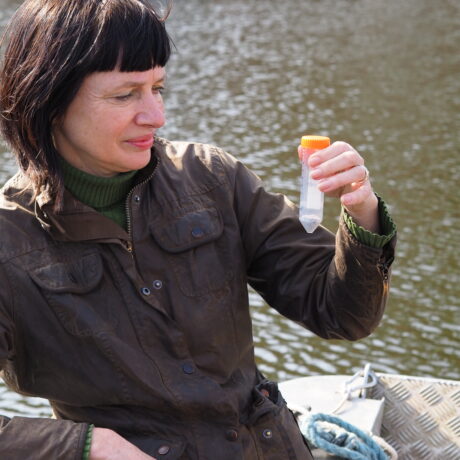
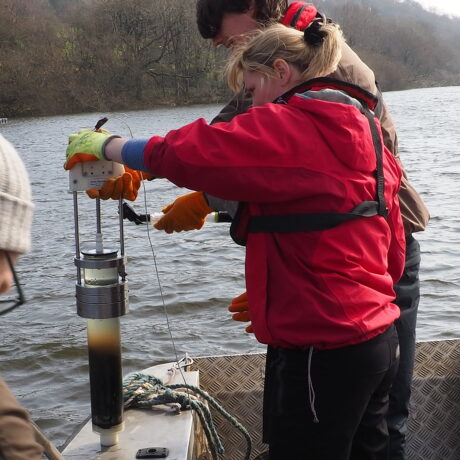
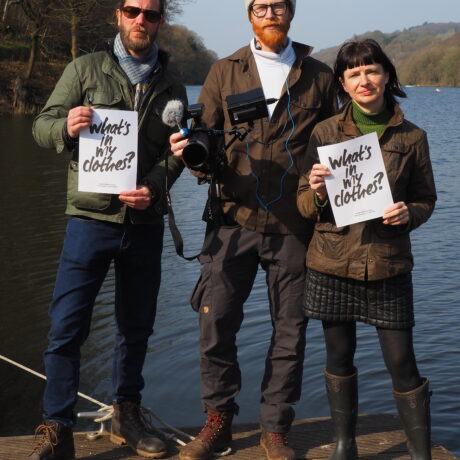
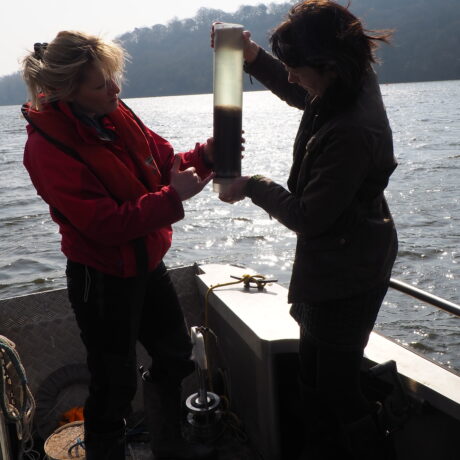
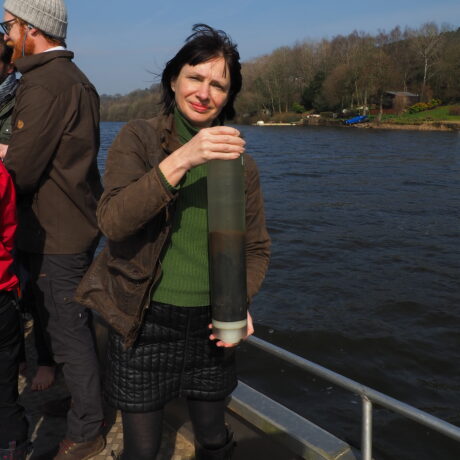
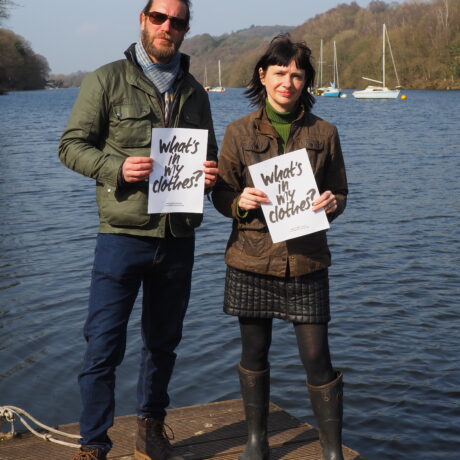
WHAT IS CITIZEN SCIENCE?
As part of this project, we are training the local community to take sediment cores and water samples from lakes and riverbanks. Our sampling sites will be located downstream from the historic sites of textile mills and dye factories. Citizen scientists will collect samples, filter them in the field and use microscopes and visual aids to identify and quantify the presence of natural and synthetic textile fibres. Once collated, this data will highlight trends in textile fibre pollution relative to the past, complementing data that will be analysed in our laboratories at Keele. Here are our aims with these activities:
- Identify the types of natural and synthetic textiles fibres present
- Measure the concentrations of known contaminants in the lake sediment record as an indicator of water quality
- Measure the types and abundances of diatoms in the sedimentary record as an indicator for ecological health
- Identify the presence of dyes on the fibres and in the sediments
- Visually assess evidence for the breakdown of the fibres in the sediments over time
A team of residents from around the Churnet Valley will become local archival researchers and interviewers to unpick the social and environmental impact of dozens of mills across Leek that pumped dye and chemical waste into the water throughout the industrial revolution.
This will include reviewing archives from textile firms, scoping existing histories on the thousands of Leek men, women and children who worked in the industry, as well as the migration and settlement of Huguenot families descended from textile workers. We will be also be collecting and compiling narratives of the post-industrial river and lake recovery in the area.
The project will collect oral and photographic histories of the riverscape to map the historic locations of mills and dyeworks and bring to life Leek’s textile heritage narratives. All this will help uncover the now-hidden industrial history of the Churnet.
INVESTIGATING TEXTILE HISTORY
The textile industry dominated industry across the English North and Midlands during the 19th century. Textile fibres, dyes, and mordants polluted water bodies as a result. By taking sediment cores from lakes and reservoirs downstream of mills and factories, we can reconstruct the environmental impact which will have shaped the local communities and post-industrial recovery. At the same time, we will learn about the arrival, work, and eventual fate of the textile industry workforce and how they would have experienced the pollution and ecological change attached to their industry.
The Churnet has been shaped by the rise and fall of the textile industry which degraded the river and then shaped its eventual recovery. At one time, the river was said to be the most polluted river in Europe. This is a story of community resilience and integration, underpinned by cultural, linguistic and religious diversity, with Huguenot refugees adding to the large number of local textile workers in Leek’s dyeworks and mills. Our community team will visit archives and historic sites, interview residents, and sample mud on riverbanks and lake bottoms for traces of this history.
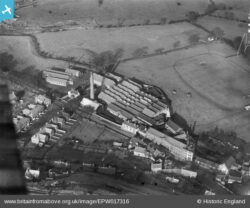
Our project addresses the lived experience of community building in a hands-on way, involving people in innovative activities that explore local history, migration histories and the impacts of industrial heritage on their environment, developing a more detailed and inclusive account of environmental history, one which includes refugee and migration stories as well as potential ongoing environmental impacts. We will draw parallels between the resilience and recovery of the rivers and lakes and the resilience of the local community in the face of deindustrialisation.
Together, we will reinterpret historic Leek in parallel with the experiences of other textile-boom regions, such as Bangladesh, where migrants have settled and helped shape the culture and where rivers are filled with wastewater carrying dyes, fibres and mordants that accumulate in their sediments.
OUR PEOPLE

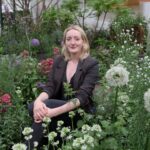
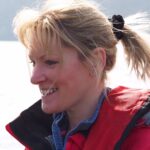
Dr Antonia Law
Lecturer in Physical Geography, Keele University
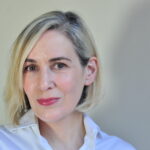
Professor Deirdre McKay
Professor of Sustainable Development, Keele University

Dr Tom Stanton
Research Fellow, University of Loughborough
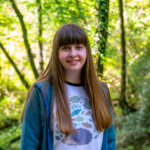
Alana Wheat
Research Assistant, Keele University
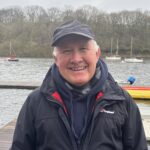
Ray Perry
Rudyard Lake Trust
GET INVOLVED
Would you be interested in helping us to carry out sediment cores and water samples, or with archival research looking into the history of the textile industry on the riverscapes? If you live near the River Churnet and would like to get involved in this project, please get in touch. Contact us at riverscape@fashionrevolution.org
JOIN USFURTHER READING
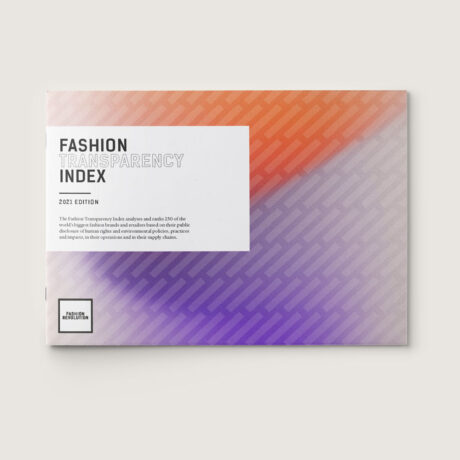
Fashion Transparency Index
Discover what major fashion brands and retailers are disclosing about their efforts to address the climate crisis in the Fashion Transparency Index 2021.
DOWNLOAD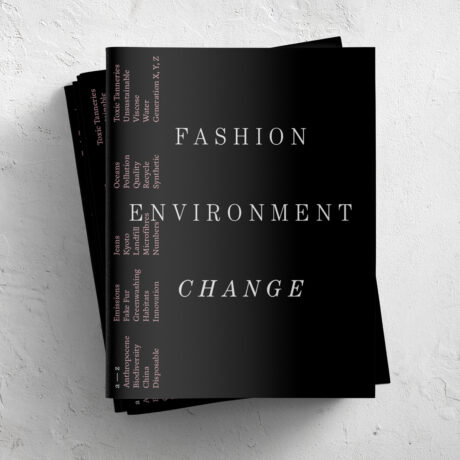
Fashion Environment Change
This zine provides an A-Z of the fashion industry’s thorny relationship with the environment, from textile waste to water pollution.
DOWNLOAD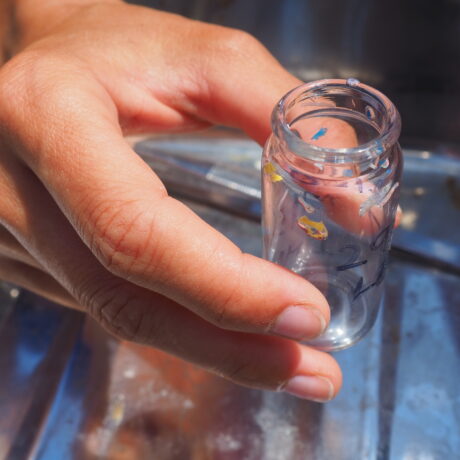
Impact of microfibres
Textiles are the largest source of both primary and secondary microplastics, accounting for 34.8% of global microplastic pollution.
READ MORE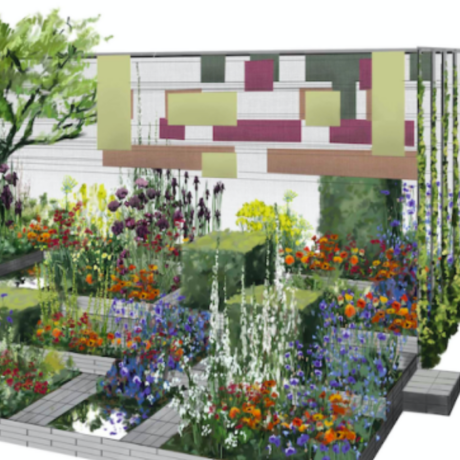
Textile Garden for Fashion Revolution
Re-imagining the link between what we can grow and what we wear, including natural dyes and homegrown fibres.
DISCOVER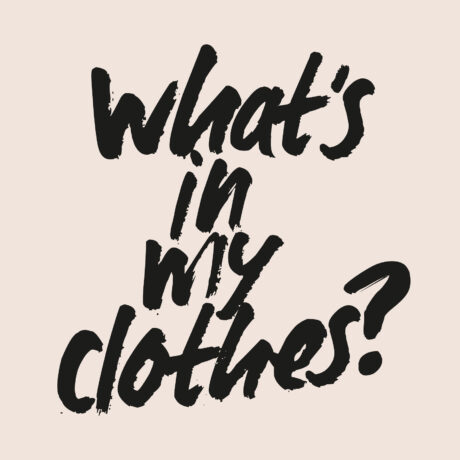
What's In My Clothes?
Download and print a 'What's In My Clothes' poster and share it on social media with the hashtag #WhatsInMyClothes.
DOWNLOAD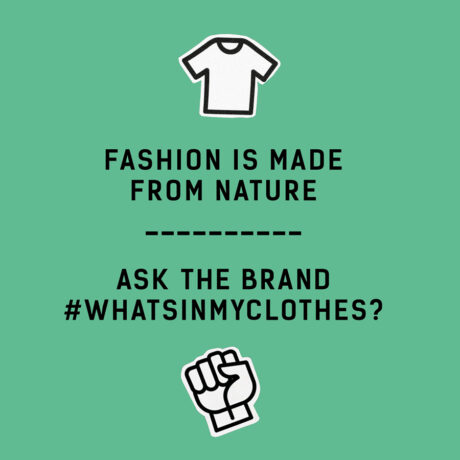
Fashion and Climate
Take action on fashion's climate impact using our free tools and resources.
TAKE ACTION
Weekly newsletter
Subscribe to the Fashion Revolution newsletter to stay up to date with the Restorying Riverscapes project.
SIGN UP
Social media
Connect with us on Instagram, Twitter, Facebook, Linkedin, Youtube and TikTok for more revolutionary fashion content.
FOLLOW
